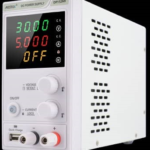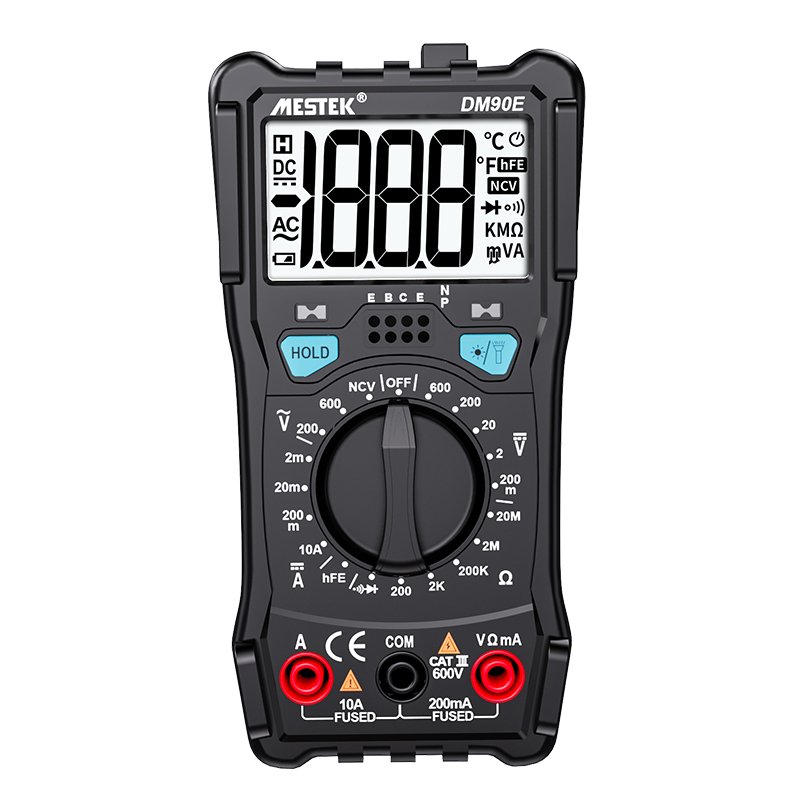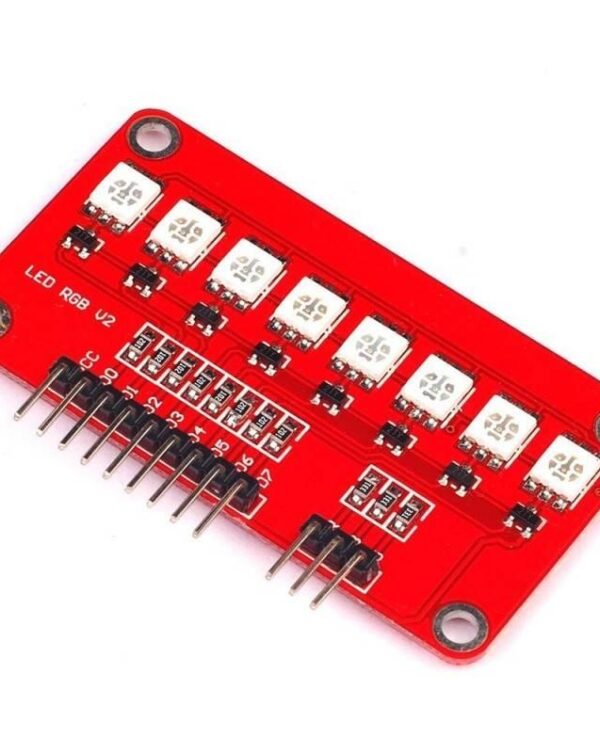Hot

5-way JST Splitter (1 Male, 5 Female)
₦ 1,500 Original price was: ₦ 1,500.₦ 1,400Current price is: ₦ 1,400.
APDS-9930 Gesture Recognition Sensor Module
₦ 2,500
Fast Shipping
Technical Support
Experienced technical support
Nationwide Delivery
To all 36 States
Description
The APDS-9930 is a digital ambient light and proximity sensor module that communicates via an I2C interface. Although often referenced alongside gesture sensors like the APDS-9960, the APDS-9930 chip itself is limited to light and proximity detection and does not have native gesture recognition capabilities.
Features:
The APDS-9930 breakout module includes the main chip, an integrated infrared (IR) LED, and photodiodes to perform its functions.
Ambient light sensing (ALS):
- Human-eye response: Utilizes dual photodiodes to produce a response that approximates the human eye’s perception of light.
- High sensitivity: Capable of detecting very low light levels, down to 0.01 lux. This allows it to function accurately even when placed behind a dark glass panel, such as on a smartphone.
- Applications: The ALS function is often used in smartphones, laptops, and monitors to automatically adjust screen brightness to save power and enhance viewing comfort.
Proximity detection:
- Pre-calibrated: The sensor is factory-calibrated for object detection up to 100 mm (about 4 inches), which eliminates the need for manual calibration in many applications.
- Integrated IR LED: The built-in IR LED and synchronous driver emit an IR pulse, and the sensor measures the intensity of the reflected light.
- Robust performance: The proximity sensor functions reliably in a wide range of lighting conditions, from bright sunlight to dark rooms.
- Applications: Commonly used in mobile phones to disable the touchscreen when the phone is held to the ear, preventing accidental input. It can also be used for simple, short-range object detection and activation.
Technical specifications:
According to specs from Makershed, Components101, and Keyestudio, the typical breakout module has the following specifications:
- Operating voltage: 2.8V to 3.8V, although some modules specify a range of 2.4V to 3.6V.
- Interface: I2C (Fast Mode up to 400kHz).
- Resolution: 16-bit for ambient light sensing.
- Proximity range: Calibrated for detection up to 100 mm.
- Interrupt pin: A dedicated interrupt pin (
INT) can be used to notify a microcontroller when a predefined light or proximity threshold is crossed. - Low power consumption: Features a programmable wait timer and sleep mode for very low average power consumption.
Using the module:
The APDS-9930 module can be easily integrated into projects using microcontrollers like the Arduino, ESP32, or ESP8266.
- Hardware connections: Connection is straightforward due to the I2C interface, which only requires two communication pins, SDA and SCL, in addition to power and ground.
- Libraries: Libraries are available to simplify programming for platforms like Arduino, enabling users to read ambient light and proximity data without writing code from scratch.
- Gesture limitations: For advanced gesture recognition (swipe left, right, up, down), a different sensor like the APDS-9960 is required. The APDS-9930 is suited for simpler “waving hand” or object detection tasks.
Reviews (0)
Only logged in customers who have purchased this product may leave a review.
Shopping cart
Sign in
No account yet?
Create an Account
APDS-9930 Gesture Recognition Sensor Module
₦ 2,500
APDS-9930 Gesture Recognition Sensor Module is ready to ship 🇳🇬
We are here to help with tech support or orders
Open chat












 Power supply
Power supply








Reviews
Clear filtersThere are no reviews yet.